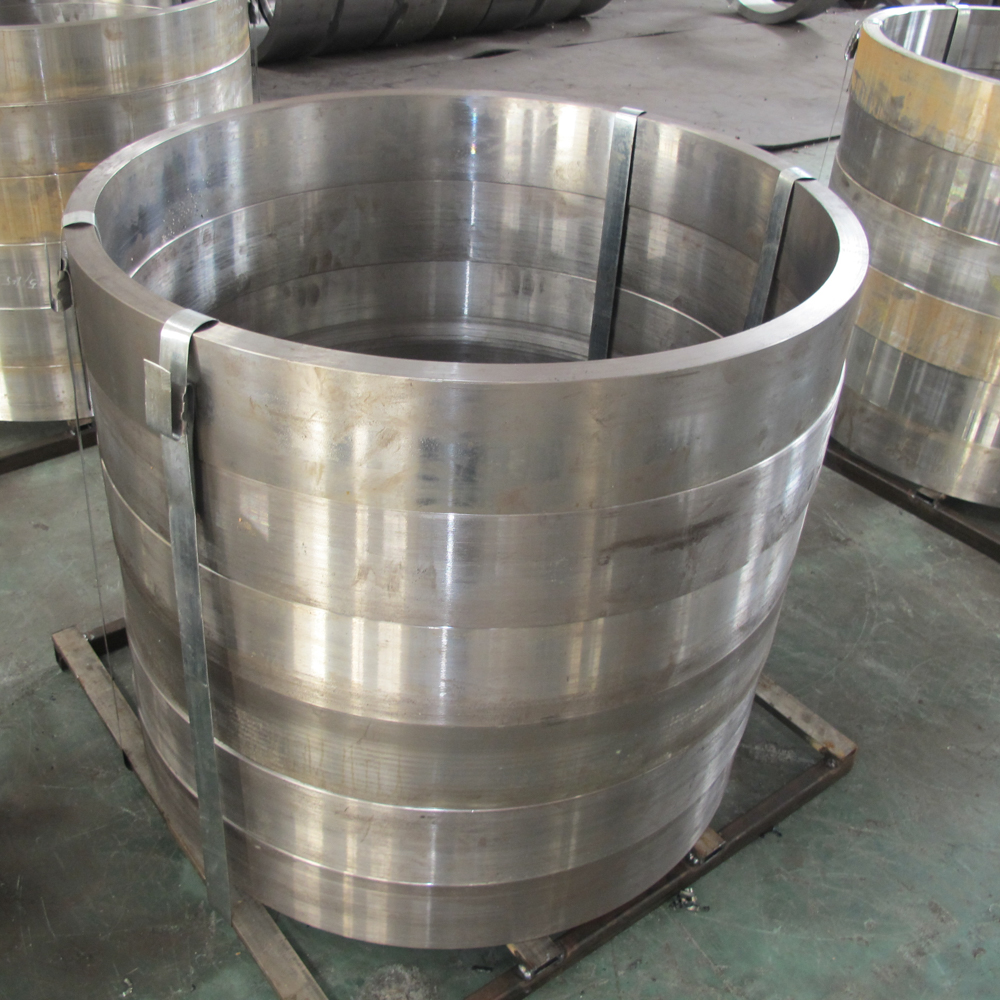In recent years, with the enhancement of environmental awareness and the continuous improvement of energy efficiency requirements, lightweight has become a development trend in fields such as automobiles and aerospace. As an important metal processing method, forging technology is gradually becoming one of the key technologies to achieve lightweight goals. Forging technology can produce high-strength and low-density metal parts, providing more possibilities for the automotive and aerospace industries. In the automotive industry, lightweight not only improves fuel efficiency, reduces carbon emissions, but also increases vehicle handling and safety performance. The application of forging technology in automotive manufacturing has achieved significant results. For example, lightweight components manufactured using forging technology can reduce the weight of the entire vehicle by more than 20% while maintaining high strength and stiffness. This not only improves the fuel economy of the car, but also enhances the performance of the vehicle's suspension and braking systems, improving driving comfort and safety. Therefore, more and more automobile manufacturers are adopting forging technology to produce various components, such as chassis parts, suspension parts, engine parts, etc., in order to achieve the lightweight goal of automobiles. In the field of aerospace, lightweight is also of great significance. The weight of aerospace vehicles directly affects their flight performance and fuel consumption. Therefore, lightweight has been a long-standing pursuit of aerospace engineers. The application of forging technology in the aerospace field has also made significant breakthroughs. For example, aviation engine parts manufactured using forging technology can reduce weight by more than 30%, while improving the strength and heat resistance of the parts. This not only improves the fuel efficiency and range of the aircraft, but also increases the load capacity and improves flight safety. Therefore, the demand for forging technology in the aerospace industry is increasing, and many aerospace manufacturers are actively promoting the application of forging technology. However, the application of forging technology still faces some challenges. Firstly, the forging process is complex and requires high-level process technology and equipment support. Secondly, the deformation and residual stress of the material during the forging process may cause instability in the size and shape of the parts, requiring subsequent processing and heat treatment. In addition, the relatively high cost of forging materials also limits their application in large-scale production. Therefore, further research and improvement of forging technology, improving the stability and cost-effectiveness of the process, will be the future development direction. In short, with the increasing awareness of environmental protection, the application of lightweight metal materials in fields such as automobiles and aerospace is receiving increasing attention. Forging technology, as an important metal processing method, can produce high-strength and low-density metal parts to meet the lightweight requirements. In the fields of automobiles and aerospace, forging technology has achieved significant results and has broad application prospects. However, the application of forging technology still requires further research and improvement to meet the growing market demand.
Forged Parts, Forged Ring,Forged Tube


